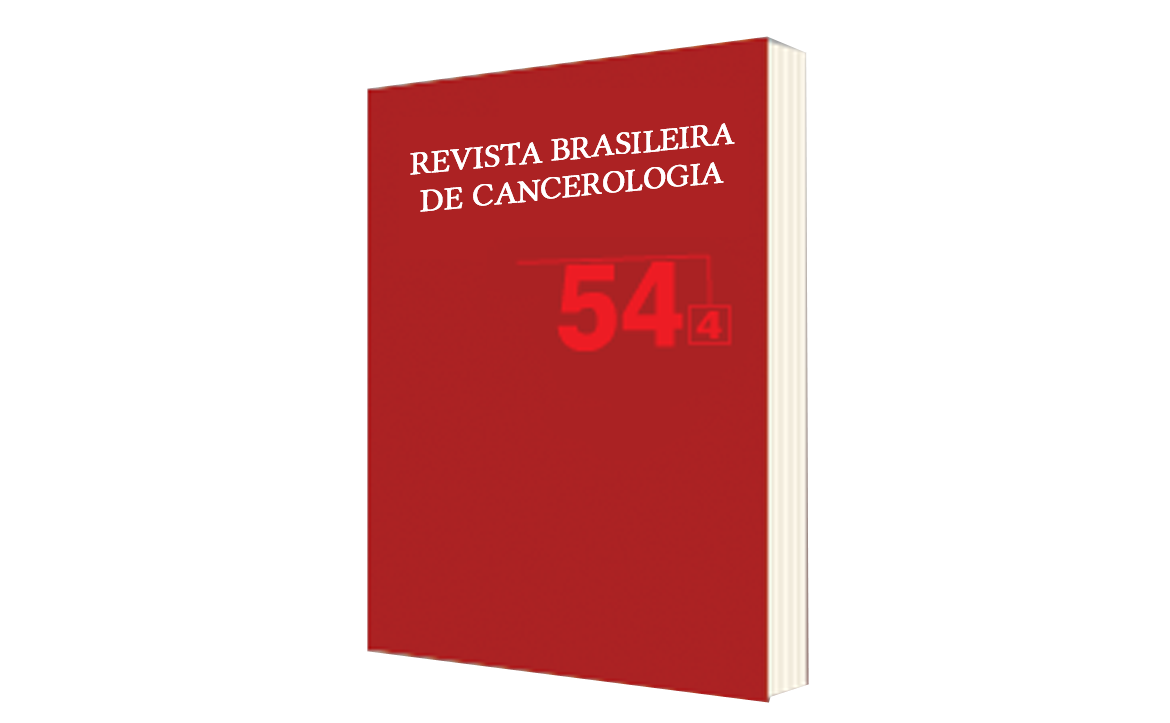Utility of AgNOR, Immunocytochemistry for CEA and Tumor Markers for Diagnosis in Serous Fluids
DOI:
https://doi.org/10.32635/2176-9745.RBC.2008v54n4.1685Keywords:
Ascitic fluid, Tumor markers, biological, Nucleolus organizer region, ImmunohistochemistryAbstract
Objective: The evaluation of serous fluids stained by morphological methods lacks, in many cases, the necessary accuracy to obtain the correct diagnostics. The objective of this work was to establish the value of complementary tools for the improvement of diagnosis in serous effusions. Methods: Fifty-six serous effusions were processed for morphological staining, immunocytochemistry of carcinoembryonic antigen (CEA), AgNOR counting and electrochemiluminescense immunoassay for tumor markers (TM): CEA, Ca125 and CYFRA 21-1. TM assays were also performed in sera from the same patients. The Sensitivity (Se) and Specificity (Sp) were evaluated for all the methods. Results: Cytology: Se 73%, Sp 100%, CEA by immunocytochemistry: Se 96%, Sp 75%, AgNOR: Se 86%, Sp100%, TM: a) in fluids: CEA, Ca125 and CYFRA 21-1, Se: 29%, 66% and 64% respectively and Sp: 100%, 87% and 100% respectively. b) in sera: CEA, Ca125 and CYFRA 21-1: Se: 27%, 77% and 47% respectively and Sp: 100%, 25% and 75% respectively. CEA (in cells) + TM (fluids): Se 100% and Sp 75% AgNOR + TM (fluids): Se 95% and Sp 87%, TM Panel (CEA+Ca125+CYFRA 21-1): a) in fluids: Se 81% and Sp 87%, b) in sera: Se 86% and Sp 12%. Conclusion: AgNOR assay and immunocytochemistry for CEA were useful as complementary tools in the diagnosis using effusions, raising the Sensitivity of the Cytology from 73% to 86% and 96% respectively. Sensitivity increased with the assays for a panel of TM in fluids, but the high cost of these methods does not justify their use for non-conclusive smears.










